Spiders may send shivers down your spine, but they’re also some of nature’s most extraordinary artists. We’ve uncovered 17 of the most remarkable web-weaving spiders, each with a unique talent for turning silk into a masterpiece. Get ready to be amazed by nature’s finest weavers.
1. Darwin’s Bark Spider
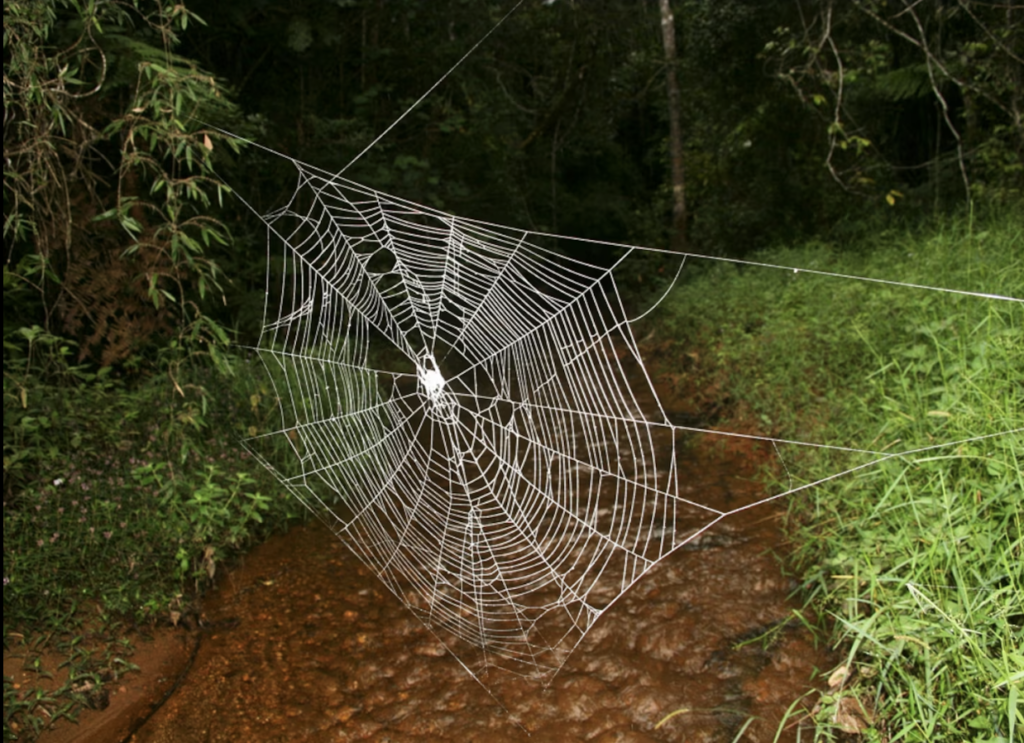
YouTube
Deep in Madagascar, the Darwin’s bark spider crafts webs so massive they defy imagination. These arachnids can span entire rivers with their silk, weaving orb webs up to 80 feet wide. But size isn’t their only claim to fame – their silk is ten times stronger than Kevlar, making it the toughest biological material known to science. Imagine a spider creating something so powerful it could catch a bird mid-flight. That’s the Darwin’s bark spider for you – an artist and an engineer rolled into one.
2. Golden Silk Orb-Weaver
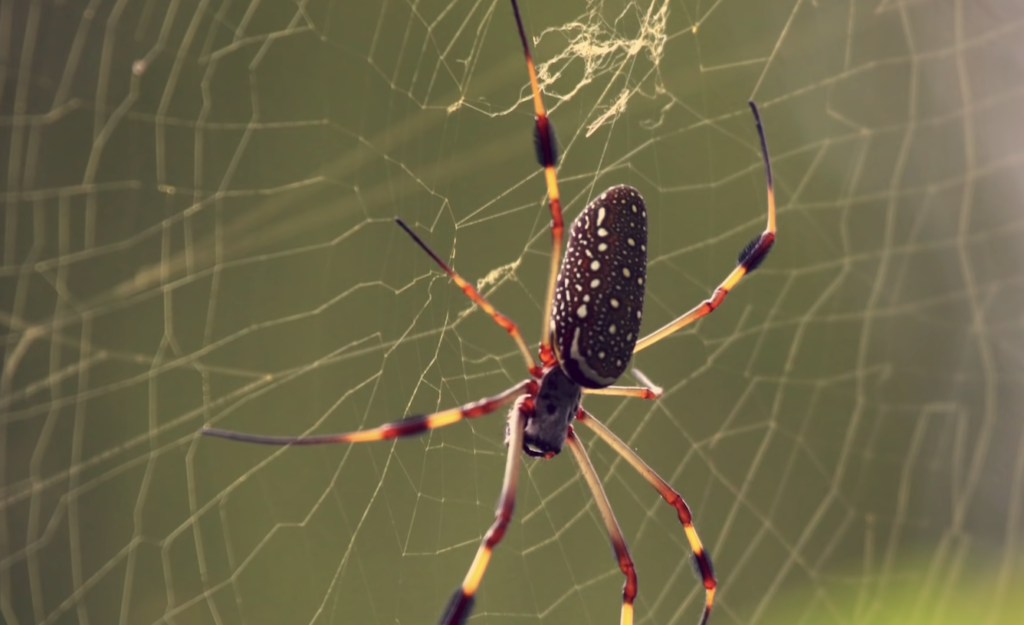
YouTube
When the sun hits their webs, golden silk orb-weavers transform the ordinary into something magical. Their shimmering, golden-hued silk looks like it belongs in a jewelry store, not hanging between trees. Found in tropical regions, these spiders weave enormous webs that can stretch over three feet in diameter. But don’t be fooled by the beauty – their webs are also strong enough to trap small birds. These golden masterpieces might be stunning, but to their prey, they’re nothing short of a death trap.
3. St. Andrew’s Cross Spider
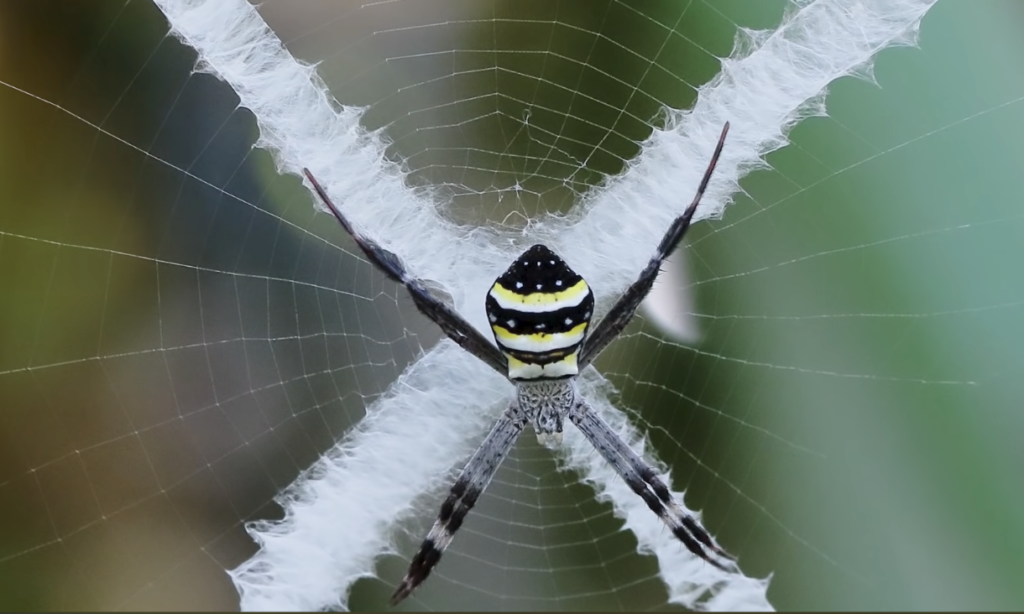
YouTube
The St. Andrew’s Cross spider takes web artistry to the next level by adding its personal signature. This spider weaves an intricate orb web with a striking “X” pattern in the center, resembling the St. Andrew’s cross. Found in gardens and forests, these webs are both functional and visually stunning. The silk patterns likely deter predators or lure prey, making this spider a true innovator. Its creative, symmetrical designs set it apart, proving that nature isn’t just practical – it’s downright artistic.
4. Diving Bell Spider

Flickr
The diving bell spider is in a league of its own – it weaves silk bubbles underwater. Found in European ponds and lakes, this spider creates an air-filled diving bell from silk to live and hunt beneath the surface. The web doubles as a home and a trap, enabling the spider to stay submerged for hours. This one-of-a-kind web structure looks like something out of a sci-fi movie and highlights the spider’s incredible adaptability. Who needs a boat when you’ve got silk?
5. Bowl and Doily Spider

YouTube
This spider’s web isn’t just beautiful – it’s brilliantly functional. The bowl and doily spider create a two-tiered web that combines elegance with engineering. The top layer is a delicate, bowl-shaped silk sheet, while the lower “doily” catches anything that falls through. This double-decker design ensures no meal escapes. Found in North America, these tiny spiders are often overlooked, but their unique web architecture is a marvel. Imagine being clever enough to build a trap with two floors – now that’s genius.
6. Grass Spider
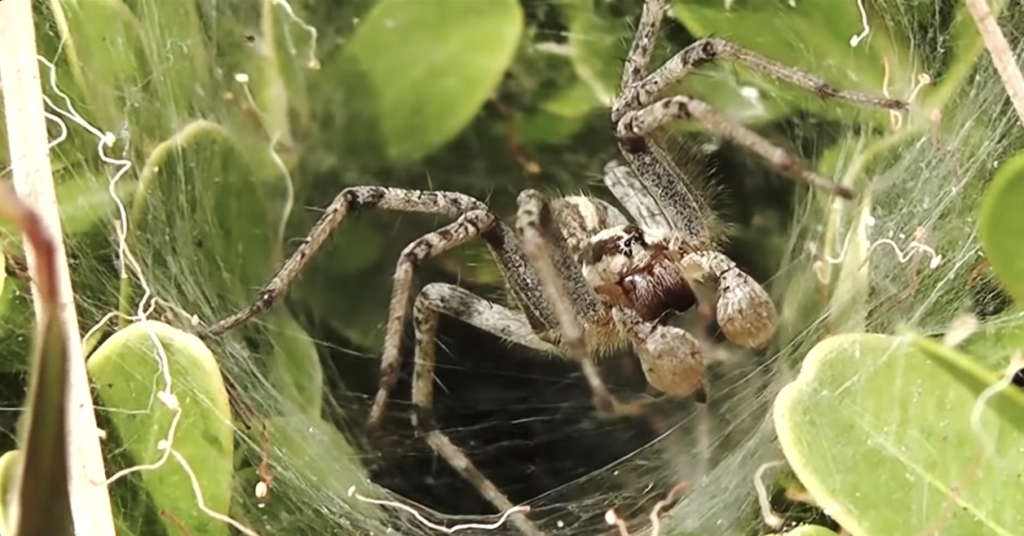
YouTube
Grass spiders weave sprawling, funnel-shaped webs close to the ground. These horizontal silk sheets lead into a narrow tunnel where the spider lies in wait for its prey. The sprawling design looks chaotic, but every thread has a purpose, creating a deadly maze for unsuspecting insects. Found in gardens and fields, these spiders prove that even ground-level webs can be a work of art – and a terrifyingly effective one at that.
7. Triangle Spider
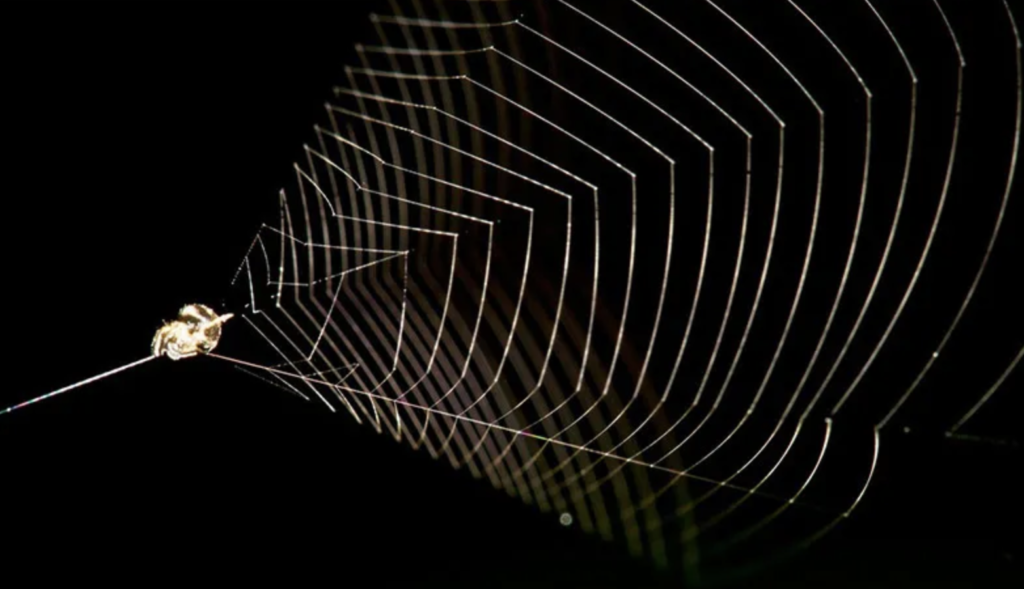
YouTube
Meet the ninja of the spider world. The Triangle spider creates a web like no other: a perfectly engineered triangle that doubles as a spring-loaded trap. Native to North America, this cunning spider tenses its web like a slingshot, waiting to release it when unsuspecting prey comes too close. One snap and the prey is ensnared! It’s an adrenaline-pumping spectacle that proves this little arachnid is a master of strategy, turning its simple web into an extraordinary death trap.
8. Northern Jewel Spider
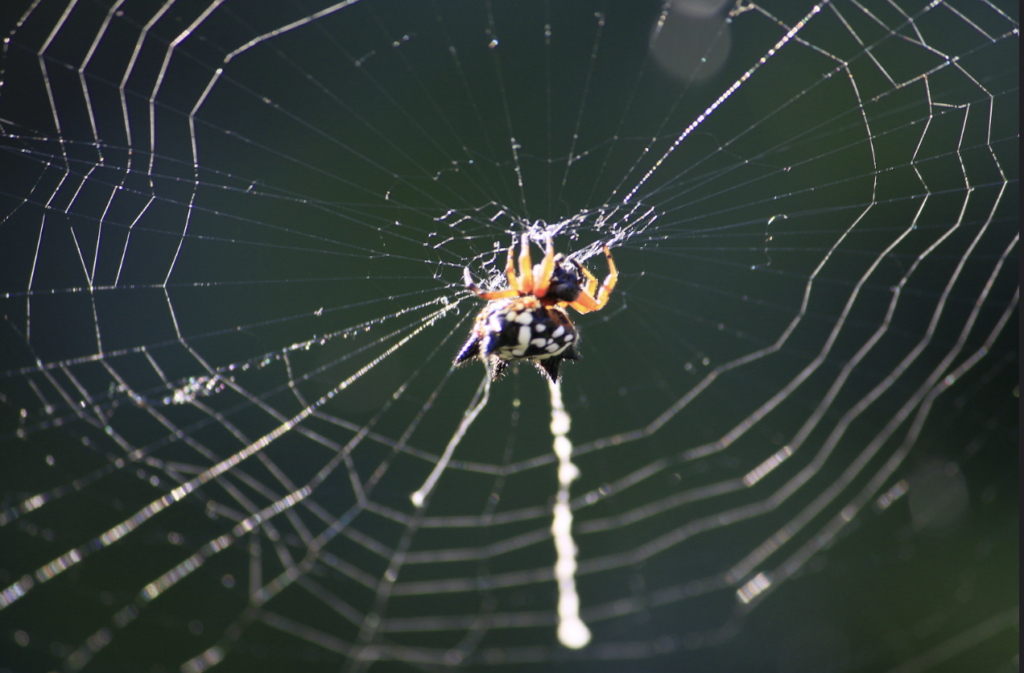
The northern jewel spider is as stunning as its name suggests. Found in Australia, this spider spins classic orb webs that sparkle like jewels in the sunlight. What sets it apart is its strikingly colorful abdomen, which resembles a polished gemstone. The combination of the spider’s appearance and its shimmering web turns any garden into an art gallery. This spider proves that beauty and function can coexist perfectly in nature.
9. Labyrinth Spider
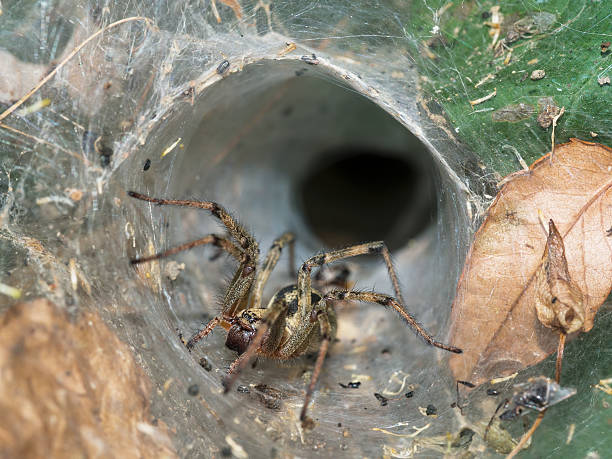
This spider takes web design to a whole new level with its mind-bending maze of silk. The Labyrinth spider’s creation is more than a trap—it’s a fortress! Found across Europe and Asia, these spiders spin massive, horizontal webs leading into hidden, funnel-like retreats where they lie in wait. Their maze of sticky threads confuses prey, ensuring no escape. Think of it as a deadly labyrinth with no way out—proof that even nature’s tiniest architects have a taste for drama.
11. Starburst Spider
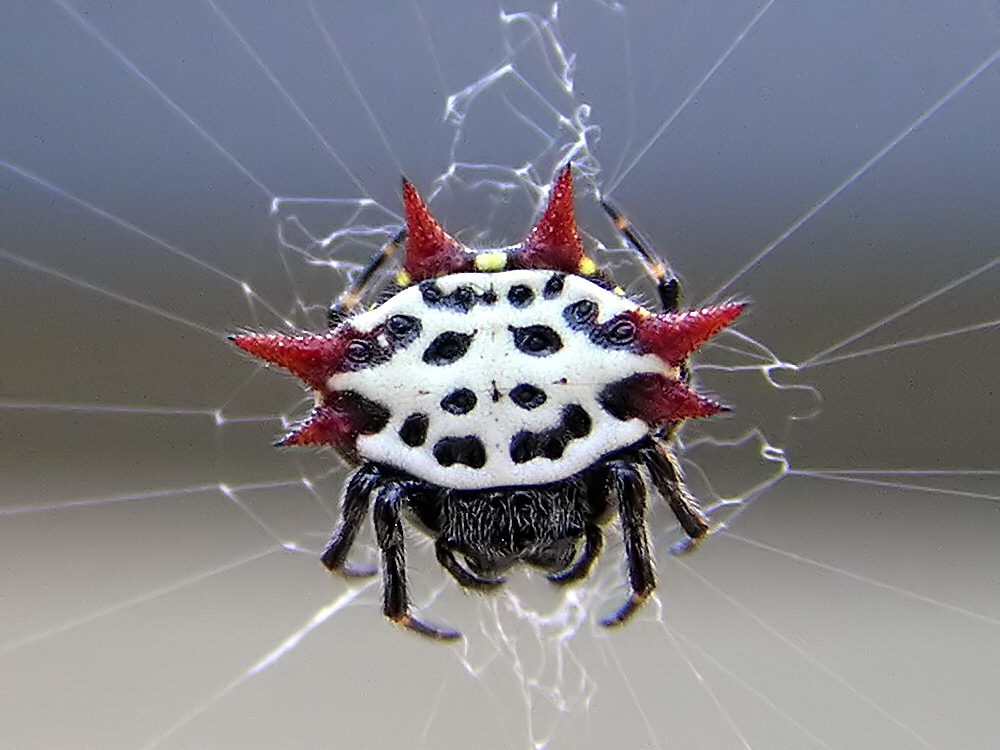
Wikipedia
This spider doesn’t just spin a web—it creates a celestial masterpiece. Known for their radiant, starburst-shaped webs, these tropical arachnids turn geometry into an art form. And it’s not just their webs that dazzle—their spiky, jewel-like bodies are as eye-catching as their silk creations. Think of it as a spider masquerading as a superstar, with webs that could hang in a museum. When it comes to architectural flair, the starburst spider is in a league of its own.
12. Tent-Web Spider
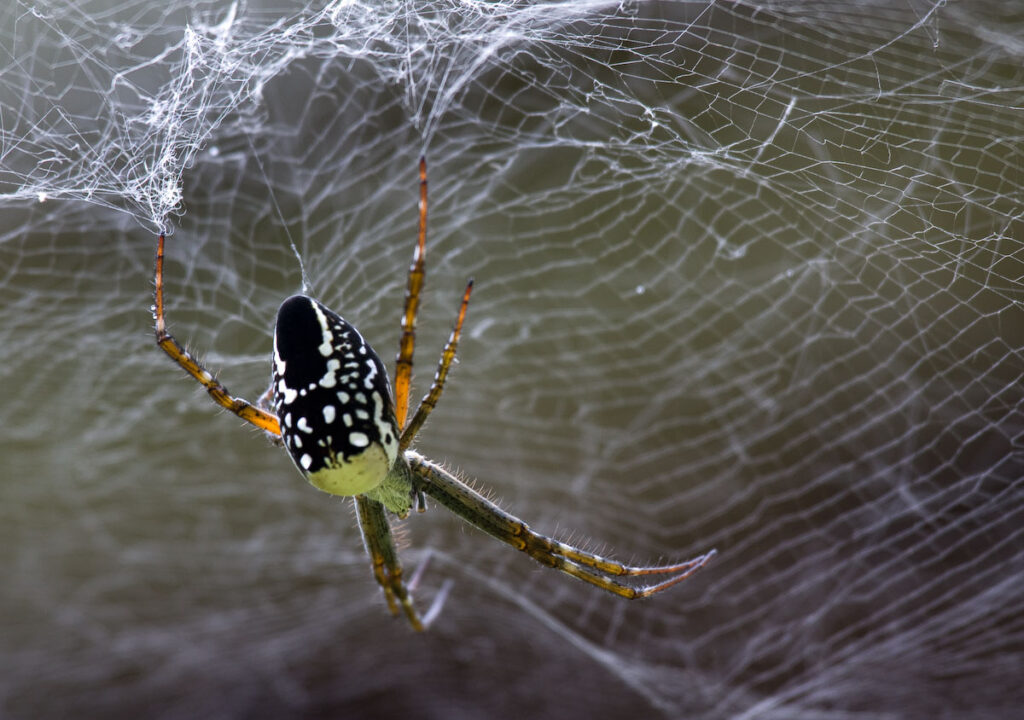
Wikipedia
Imagine walking into a forest draped in silk tents stretching over trees and shrubs—that’s the magic of the tent-web spider. Found in Australasia, these spiders build massive, dome-like structures that look like something straight out of a fantasy film. While their silk isn’t sticky, their webs are dense and durable, forming protective canopies perfect for trapping insects. These sprawling silk fortresses showcase nature’s ability to balance beauty with practicality, and they’ll leave you in awe of what teamwork can create.
13. Feather-Legged Lace Weaver
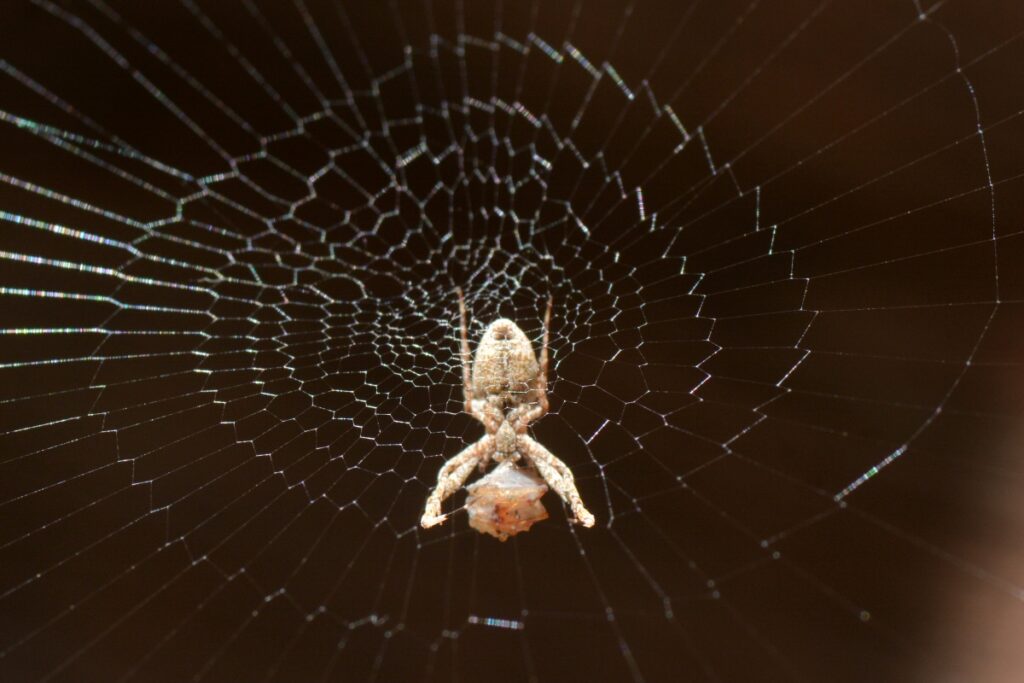
Flickr
This delicate spider is an anomaly in the arachnid world – it doesn’t have venom glands! Instead, the feather-legged lace weaver relies entirely on its intricate, lace-like webs to snare prey. These horizontal orb webs are beautiful and deadly with their fine, decorative silk. Found in tropical regions and parts of Europe, this spider proves that a lack of venom doesn’t mean a lack of ingenuity. Its creations are a testament to the power of precision, elegance, and good old-fashioned silk.
14. Social Spiders
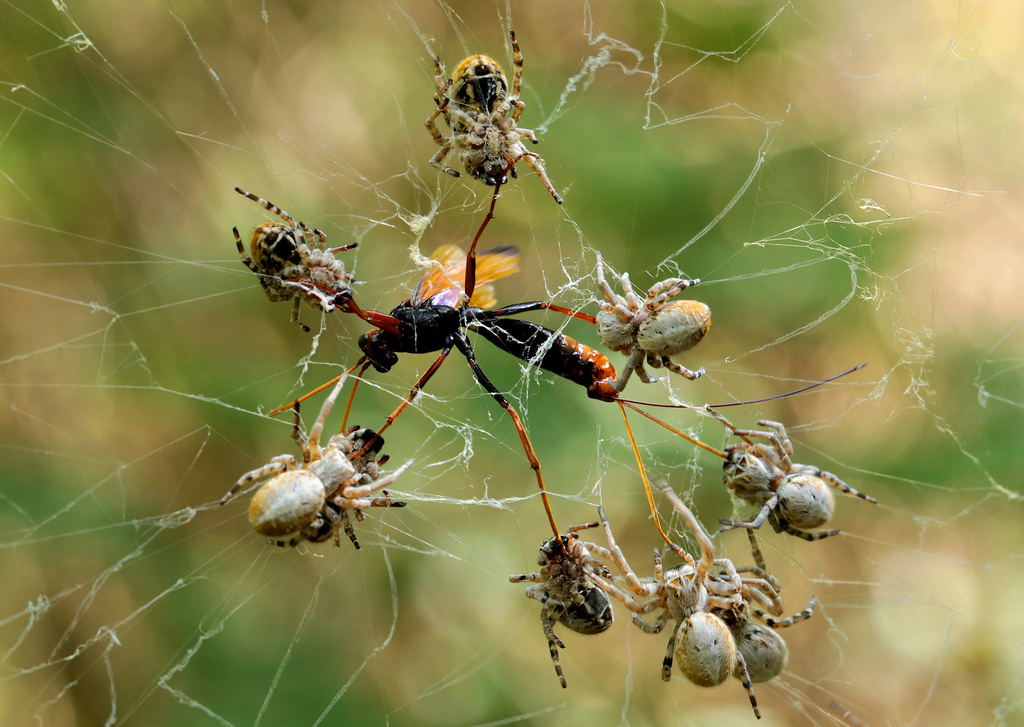
YouTube
Imagine a web so massive it covers entire trees – that’s the extraordinary work of social spiders. Unlike most arachnids, these spiders are team players, building enormous communal webs that house thousands of individuals. Found in tropical regions, these massive structures can trap prey far larger than a single spider could handle alone. Their cooperative lifestyle allows them to weave complex, multi-layered webs that are both functional and awe-inspiring. It’s silk artistry on a colossal scale – and proof that teamwork makes the dream work.
15. Cyclosa Turbinata

YouTube
The Cyclosa Turbinata takes web design to a new level with its ingenious “trashline” feature. Found in North America, this spider builds an orb web adorned with a line of debris, including prey carcasses and silk scraps. This camouflage technique hides the spider in plain sight, confusing predators and giving it an edge in survival. While the web’s geometric design is already impressive, the added touch of using “trash” as a decoy turns it into a masterpiece of functional art. In nature, even leftovers can be part of the show.
16. Cyrtophora Citricola
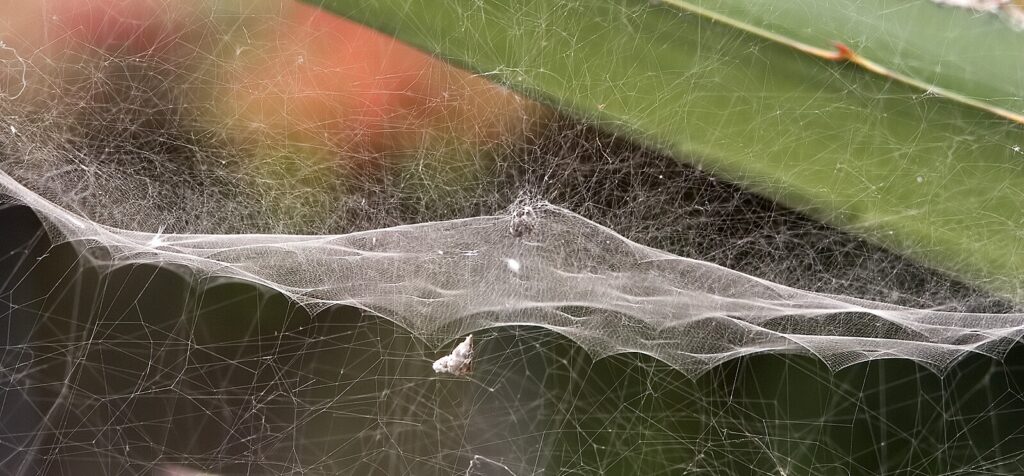
Known as the tropical Tent-Web spider, Cyrtophora Citricola constructs expansive, tent-like webs that are architectural wonders. Found in tropical and subtropical regions, this spider spins horizontal orb webs covered with dense meshwork above, resembling a silk canopy. Often working in colonies, these spiders create structures large enough to cover entire trees. Their webs aren’t sticky like others, but their intricate design and sheer scale make them stand out. Cyrtophora Citricola shows that sometimes, innovation lies in collaboration and size.
17. Joro Spider
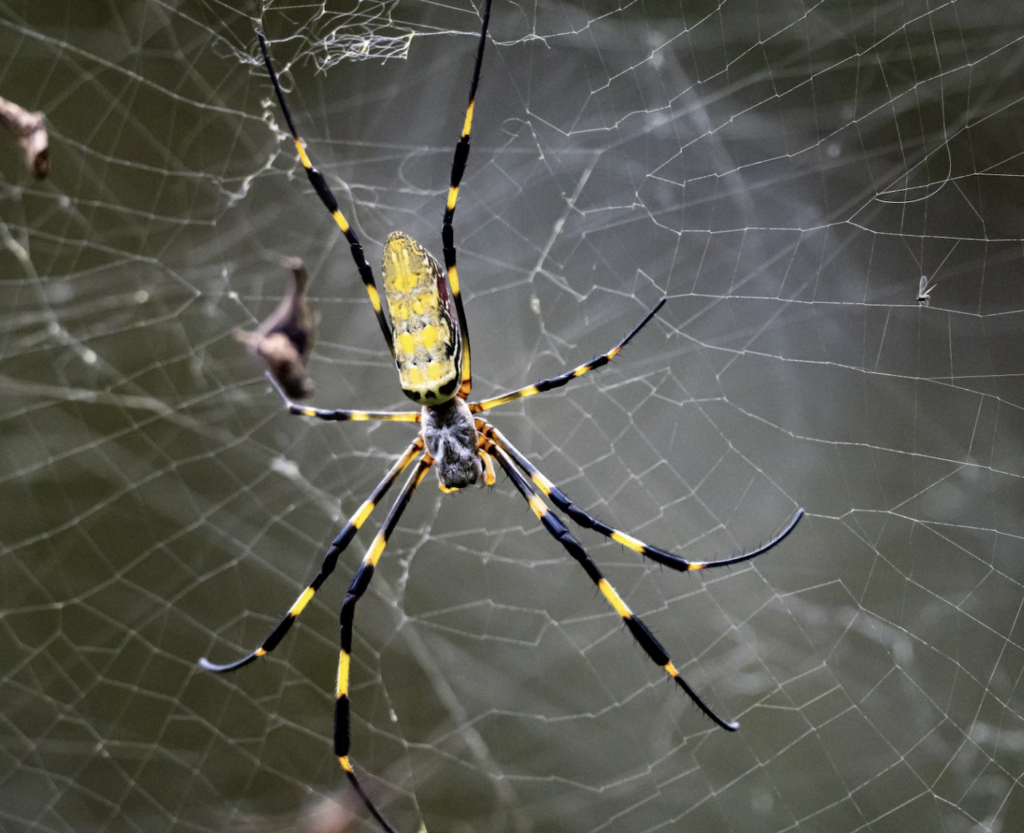
YouTube
The Joro spider, a colorful invasive species from East Asia, spins webs that can stretch up to 10 feet wide, turning backyards and forests into nature’s art galleries. With silk that gleams in the sunlight and an ability to withstand stress, these spiders thrive in human-dominated environments, where their webs drape over shrubs, trees, and even power lines. While their massive webs are practical for trapping insects, their beauty and intricacy make them unforgettable. The Joro spider is proof that even invasive species can bring a touch of wonder.
From glowing golden silk to massive communal webs that cover entire trees, spiders show us the magic of nature’s ingenuity. Each web is a story of survival, a blend of beauty and engineering that leaves us in awe. These 17 remarkable spiders remind us that even the smallest creatures can create the most extraordinary works of art. The next time you see a web glistening in the morning light, remember the artist behind it – a master weaver turning silk into wonder.


